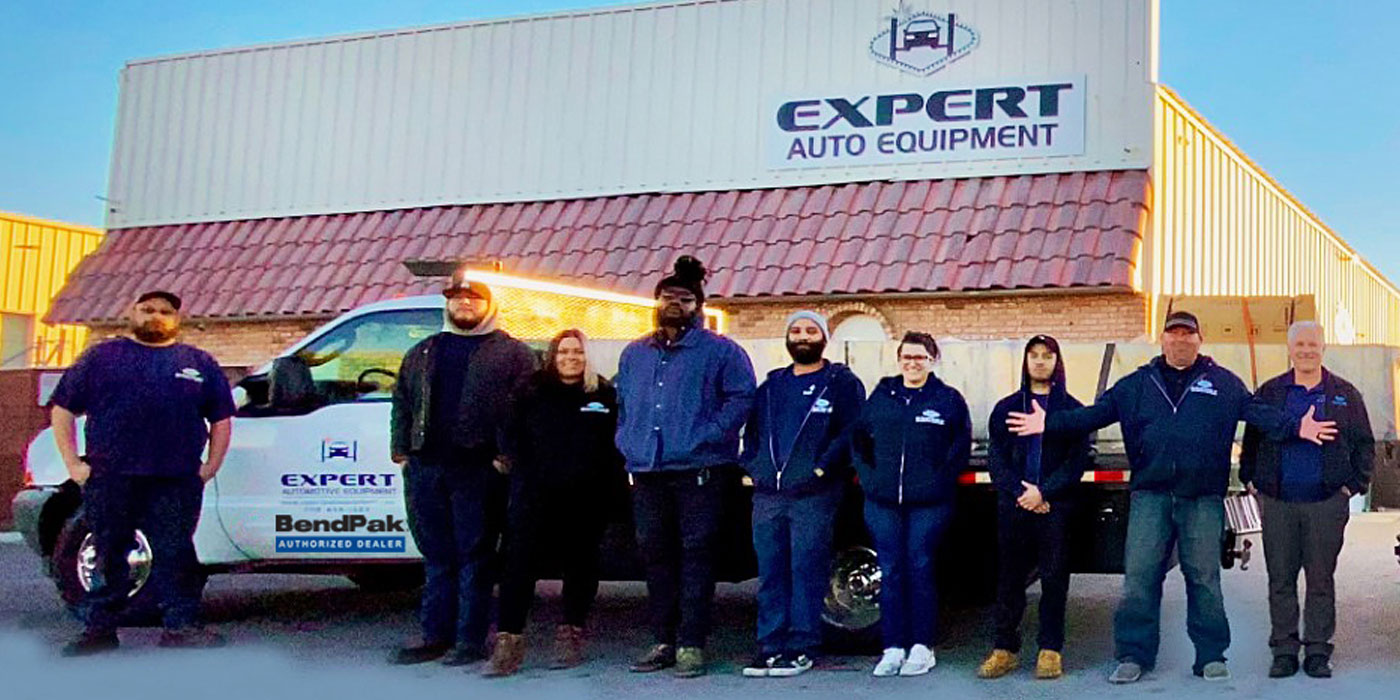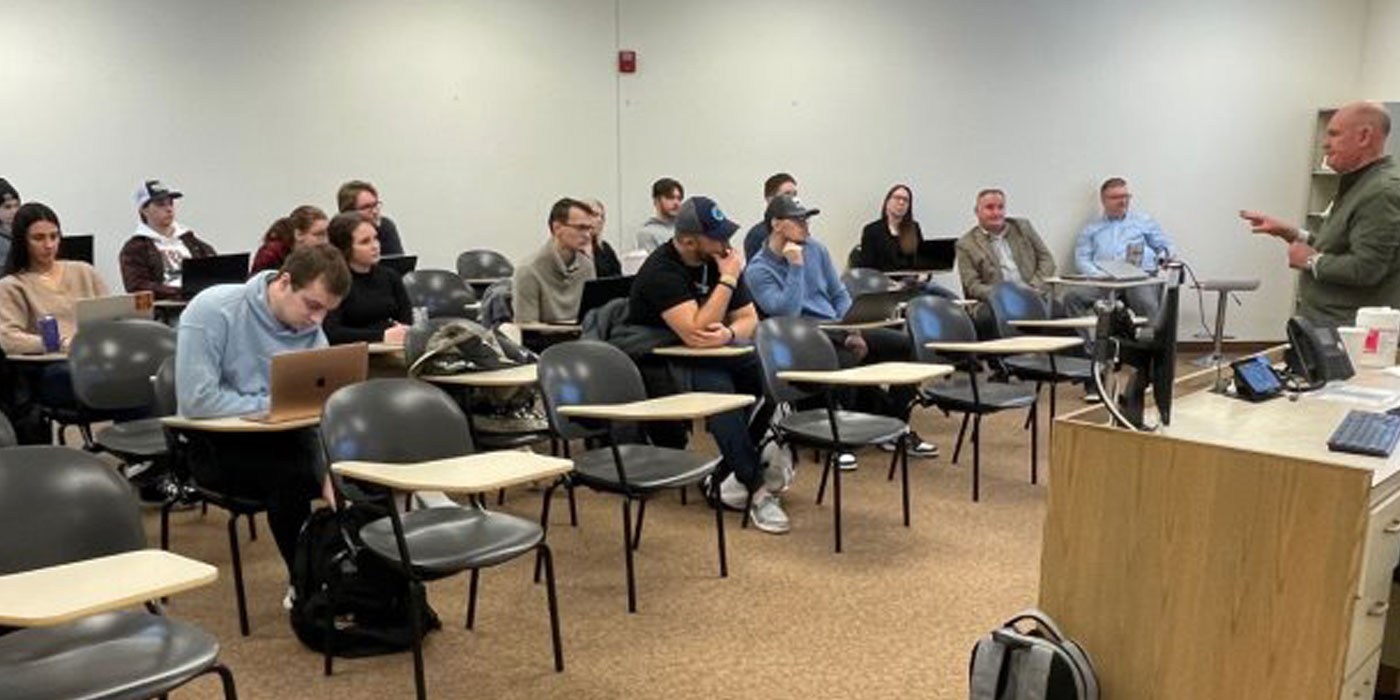Shaking his head, shop owner Ralph Gamber pointed to two fuel pumps sitting on a table in his shop.
"(For this Chevy application) there’s two different style pumps," explained Gamber, who owns Heisley Tire & Brake, near Cleveland, OH. "If you put the wrong one in, it won’t last. They both look the same. The (counterman) on the phone told me the (pump code) ‘P’ was the same as the ‘T.’ They’re not."
And so, Gamber’s technician had installed the wrong fuel pump and, not surprisingly, the pump failed, bringing the customer back to the shop as an unprofitable comeback.
However, don’t be so quick to blame Gamber’s technician who installed the wrong part; blame his part supplier who didn’t know there was a difference between the two pump styles. Gamber trusts his part professional to know the difference. That is, after all, what he’s paying him for. But as Gamber and his technician found out, looks can be deceiving. Even though two pumps looked identical on the outside, the insides of the pumps were a different story.
So how do you know? It’s all in the Vehicle Identification Number (VIN), and if you can’t decode it for your customers, you might end up sending out the wrong parts. The result: returned parts and, worse – angry, dissatisfied customers.
"The only way to know (which pump is correct) is to have the proper VIN lookup and the dealership won’t give that to us. We’re handcuffed," Gamber complained.
REDUCING ERRORS
While the example above may not be a common occurrence, errors based on incorrect tech-supplied information certainly are. Returned product, often chalked up as a defect, can usually be traced back to incorrect product or application information at the time of the order.
Using the VIN to look up parts can make the ordering process much more error-free since the VIN includes all the information needed to identify everything about the vehicle. How many times has a technician or service writer called your store with incorrect information? How often do they guess about production dates or vehicle-equipped accessory items? Often this incorrect information results in a return.
Without the VIN, parts professionals sometimes need to visually match parts (physically or with on-screen product images). In other cases, the parts professional must search for a casting number for cross-referencing. At its essence, the VIN eliminates guessing by both the technician and the parts store.
Unfortunately for Gamber, his local Chevy dealership isn’t so helpful, putting he and his customers in a tough spot – handcuffed, as Gamber says.
Aftermarket distributors are in the same situation.
"Generally, we can find a tag or a casting stamp on the part," said Illinois CARQUEST store manager Carl Andrews. "That’s usually an option, but sometimes, we can’t."
In those instances, he relies on the cooperation of the local dealership to help him make the correct parts choice based on the VIN. Fortunately for Andrews, his local dealerships are generally willing to help.
There are, of course, other options – catalog prompts, cross references, etc., but the ability to do VIN look-ups within the e-cat itself just makes the process easier and more accurate.For the technician, it’s really an issue of time. If the technician doesn’t know the vehicle he’s been assigned to service, he doesn’t have to waste time searching inside the engine or put the vehicle on a lift. Think about all the time a tech takes to figure out the specifics of the vehicle he’s working on – does it have A/C? Is it a four-or-six cylinder? Just popping the VIN in the catalog will tell you all that information.
"It’s all about ease of use," said Steve Bieszczat, Activant vice president of information services. About six months ago, Activant added VIN look up capability to its e-cats.
"This (vehicle information) can all be found using other methods, but the VIN brings very quick certainty to the situation," he said.
Bieszczat said some repair shops are taking VIN look-up to new high-tech heights. Using ‘Blue Tooth’ scanners, the technician can scan the VIN code, which is transmitted to the shop’s computer. This information can then be sent to the parts store for parts ordering.
Wrenchead, like Activant, added VIN look-up to its e-cats in 2005.
"We made it an option because our customers were requesting it," said Wrenchead President Bryan Murphy. "I think very few vehicle look-ups are being done with VIN, but I think in five years that will dramatically increase."
Murphy pointed to the usage of vehicle bar-coded VINs and the increased usage of the kind of scanners Bieszczat mentioned as drivers of VIN’s use in the parts ordering process.
UNLOCKING VIN
VINs are the very DNA of a vehicle, and if you can unlock it, you can find important information related to where the vehicle was made, engine size and other vital pieces of information essential to proper parts sales.
The VIN number can be found in a variety of places: as a plate at the base of the windshield on the driver’s side, in the engine compartment or elsewhere on the body or the frame.
Of course, identifying the vehicle year and engine code is often necessary when looking up ignition, fuel, emission and engine components, so it’s important to know how to use the VIN code because vehicle manufacturers often make running production changes in mid-year. Import manufacturers, for example, do this frequently. An application listing may say that a part only fits vehicles up to a certain VIN number or build date.
OTHER COMPONENT ID METHODS
If your store doesn’t have VIN look-up capability, you may have to use other methods, such as referring to a casting number, an OEM label or manufacturing tag. Using the OEM part number, and then cross-referencing it with aftermarket numbers, allows you to correctly identify the application so you can find the right replacement part.
The underhood emissions decal is another source of vehicle information. It identifies the engine displacement and calibration code, along with other necessary emission system information. It may also list the type of spark plugs required. This decal is usually found on the underside of the hood, but may be located elsewhere in the engine compartment.
Visually comparing parts can also help in the identification process. If possible, compare the original part to the replacement part to make sure bolt holes and other fastener locations, fittings, etc. are the same. Any dimension, critical to the installation of the part, should match the original. This includes shaft and pulley diameters, spline counts, thread pitch and length, gasket mating surfaces and other physical connections.
But as Gamber will tell you, even though a part may look the same, the guts of the part may be vastly different, making VIN look-up an important part of the parts ordering process.
OTHER CODES: BODY & PAINT
Vehicle manufacturers also use their own body family codes that are based on common vehicle platforms or model lines. Vehicles within a given product line typically share common mechanical components, but external body panels and trim may be different. This applies mostly to General Motors and Chrysler vehicles.
For example, GM "W-body" applications include the Chevrolet Lumina, Pontiac Grand Prix, Oldsmobile Cutlass Supreme and Buick Regal. Chrysler "LH-body" applications include the Concorde, Intrepid, LHS, Vision and 300M.
When matching paint colors, the OEM paint code from the Vehicle Identification Plate (VIP) is needed. The VIP plate may be located under the hood, on the firewall, in the door jamb or trunk. There is no standard location for this information.
Compare the code with the listings in a color book for the year, make and model of the vehicle. If possible, compare a paint chip to the vehicle itself because the vehicle may have been repainted.
Popular colors on recent models are usually available ready-mixed in pints, quarts or gallons, but colors for older vehicles, less popular models or custom colors have to be custom mixed. VINs are not something that’s needed with each and every order, and most counter professionals know when they need more information. Generally, it’s the kind of information only a VIN can provide. Having the ability to look up the VIN right in the catalog provides greater speed and accuracy for both the repairer and parts provider.










